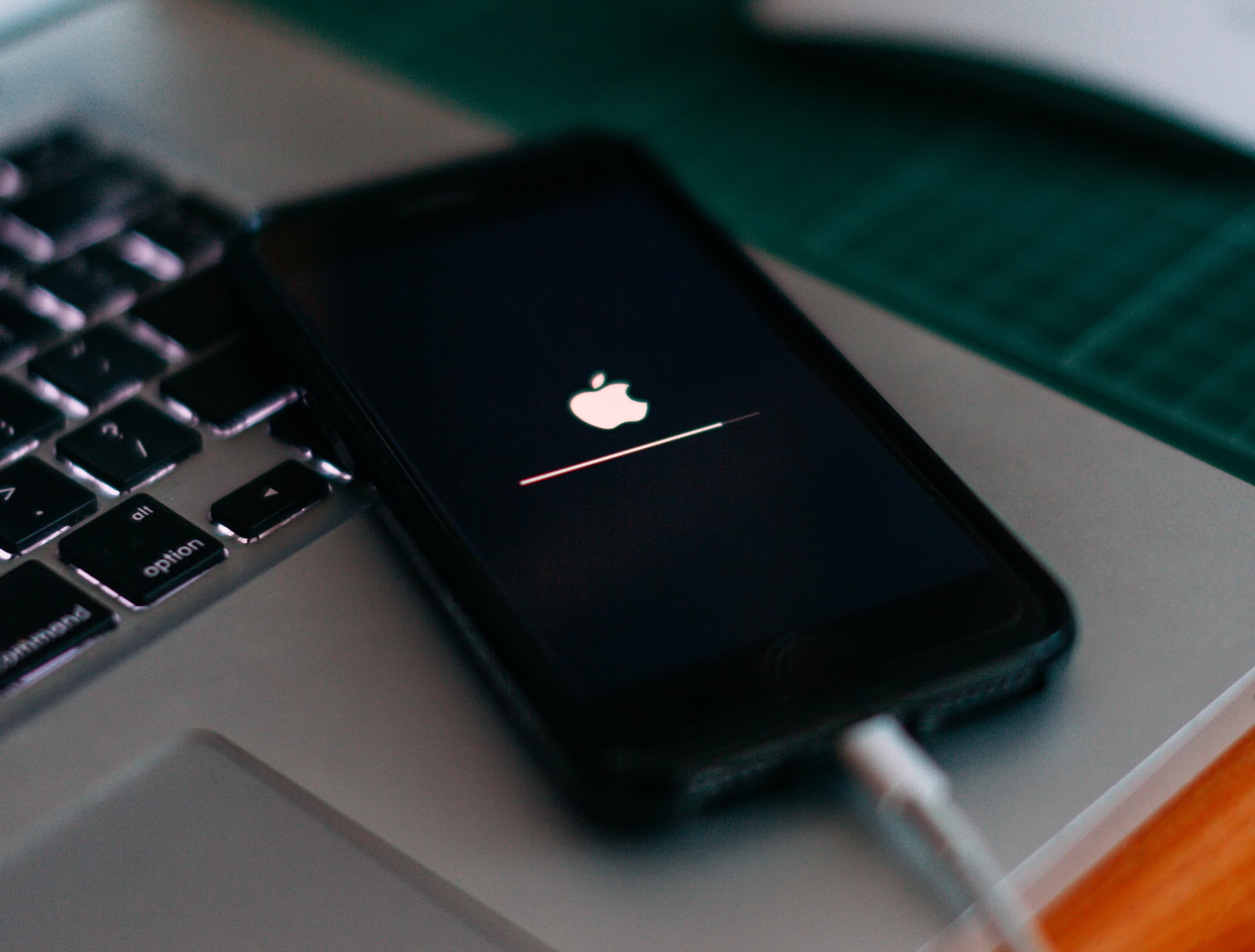In a nutshell: Apple has released its first Rapid Security Response, a new type of security update designed to address pressing issues at an accelerated pace. Apple introduced Rapid Security Response at WWDC 2022 nearly a year ago. The Cupertino-based company didn't share a ton of details on the feature at that time, but said it was intended to deliver important security updates to iOS, iPadOS and macOS between full system patches.
These bite-sized updates are smaller and require less time to download and install.
Rapid Security Response is enabled by default. To check your device settings, simply navigate to Settings > General > Software Update > Automatic Updates on iPhone or iPad and look for the Security Responses & System Files toggle. On Mac, head to Apple Menu > System Settings, then click General on the sidebar followed by Software Update. From there, hit the Show Details button beside Automatic Updates to see if Install Security Responses and System Files is enabled.

It's worth noting that Rapid Security Responses are only available on the latest version of Apple software. As of writing, that is iOS 16.4.1, iPadOS 16.4.1, and macOS 13.3.1. Systems that have had a Rapid Security Response applied can be identified with a letter beside the OS version number, for example: iOS 16.4.1 (a). Tapping the version number will reveal more information about the update.
Should you choose to opt out of Rapid Security Responses, they will instead be delivered as part of the next full system patch.
The first publicly released update is being rolled out now although according to some reports, there were some wrinkles early on that have since been ironed out. The Verge noted the 85 MB update eventually installed without issue but what exactly it addresses remains a mystery at this hour. It's not uncommon for Apple's patch notes to lag behind updates, so don't be surprised if the notes don't show up for another couple days.
Image credit: iPhone by James Yarema, Updating by Szabo Viktor
